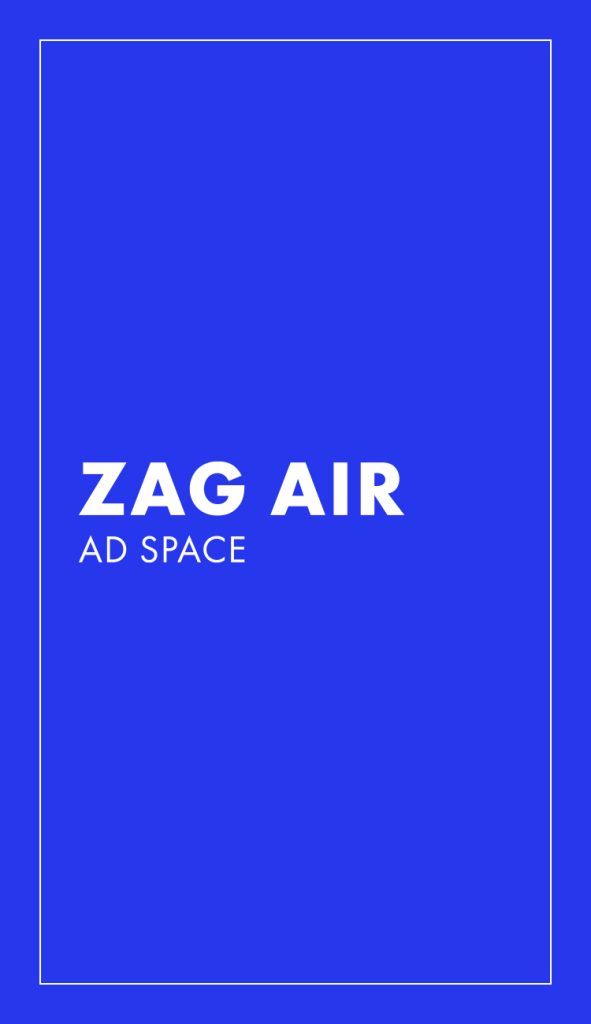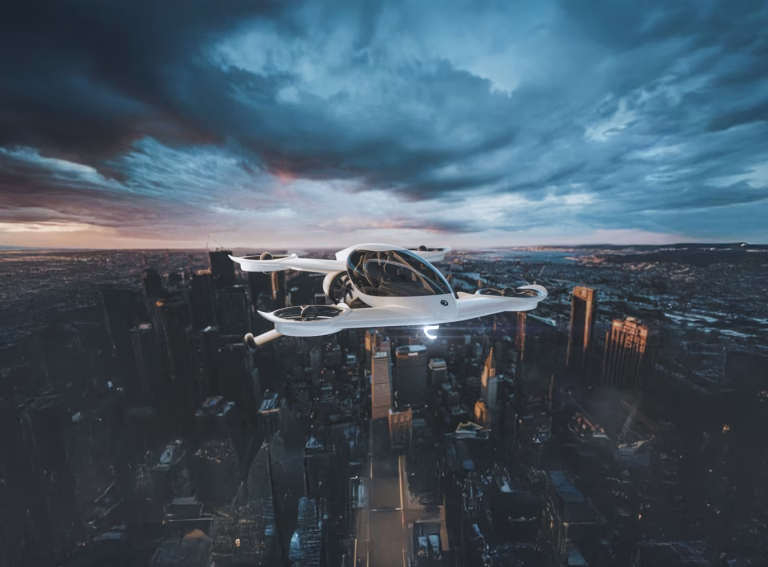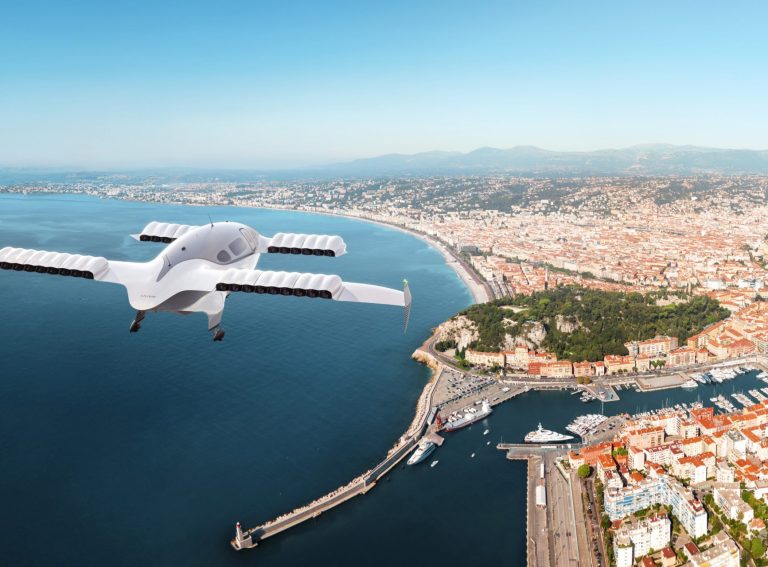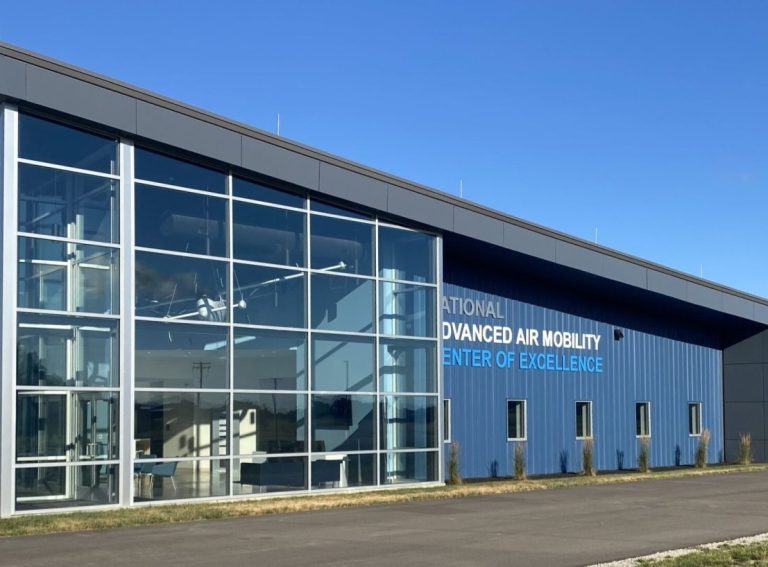The future of Urban Air Mobility took centre stage on Day 1 of the Smart Cities Expo in Barcelona with panellists debating the most realistic use cases for UAM by 2040.
The panel was moderated by Rikesh Shah, head of the Innovation Procurement Empowerment Centre. It featured insights from Manon Coyne, a leader in urban mobility policy at POLIS, and Cesar Nava from AENA’s innovation unit, exploring how drones and eVTOL (electric vertical take-off and landing) aircraft might transform urban life by 2040.
The discussion kicked off with the central question: will UAM make a tangible impact by 2040, or is it just hype? Manon Coyne emphasised that “It’s not just hype; it’s a serious asset for society and citizens”. She said that “flying taxis in cities may not be a reality by 2040, but emergency services could be, given their public acceptance.” She underscored the importance of focusing on life-saving applications that gain public trust.
Cesar Nava from AENA also saw potential but cautioned that many UAM technologies remain immature. “By 2040, we’ll likely see use cases around medical services and targeted delivery routes, between specific locations and along controlled corridors,” he predicted, underlining that UAM’s initial impact will likely be felt in mission-critical applications rather than in widespread commercial operations.
Both panellists emphasised that UAM’s initial focus should be on critical public services, such as medical transport and infrastructure monitoring. Coyne mentioned cities like Hamburg, where drones are already in use for emergency trials, and added, “Drones require far less infrastructure than traditional transport modes, making them valuable in both urban and remote settings.” Coyne shared Spain’s ambitions with plans to begin eVTOL flights between Mallorca and Menorca by 2025 and trial passenger flights between Granada and Malaga by 2026. He noted that cargo applications may come sooner as they present fewer safety challenges than passenger transport.
Addressing equity: “Are UAM technologies a toy for the rich?”
Rikesh Shah asked both panellists to respond to the common criticism of UAM as luxury aircraft for the wealthy. Coyne tackled the perception that UAM is for the wealthy: “We want to show this is for everyone, not just the rich. We’re running demo flights and environmental tests to highlight the real benefits, like noise and pollution reduction.” Nava emphasised that public acceptance is key to UAM’s success, saying, “We’re in a revolutionary period, but the focus has to be on showing value to everyday citizens.”
The panel also discussed UAM’s integration with existing transport systems. Coyne mentioned the MAIA project, which is investigating UAM’s compatibility with shuttles and other urban transport. Nava outlined the EUREKA project’s effort to develop unified airspace management and vertiports to handle new air traffic safely and efficiently.
Key takeaways
Moderator Rikesh concluded after the panel that there are real use cases for UAM. “Whether its emergency services or deliveries in remote locations, UAM has a genuine role to play. The way Spain and POLIS are thinking about this is sensible: build the right use cases related to safety and privacy, and think about what value can be added.”
Manon Coyne added that asking the public about their concerns regarding UAM will be the most crucial factor to deploying UAM in the future.




